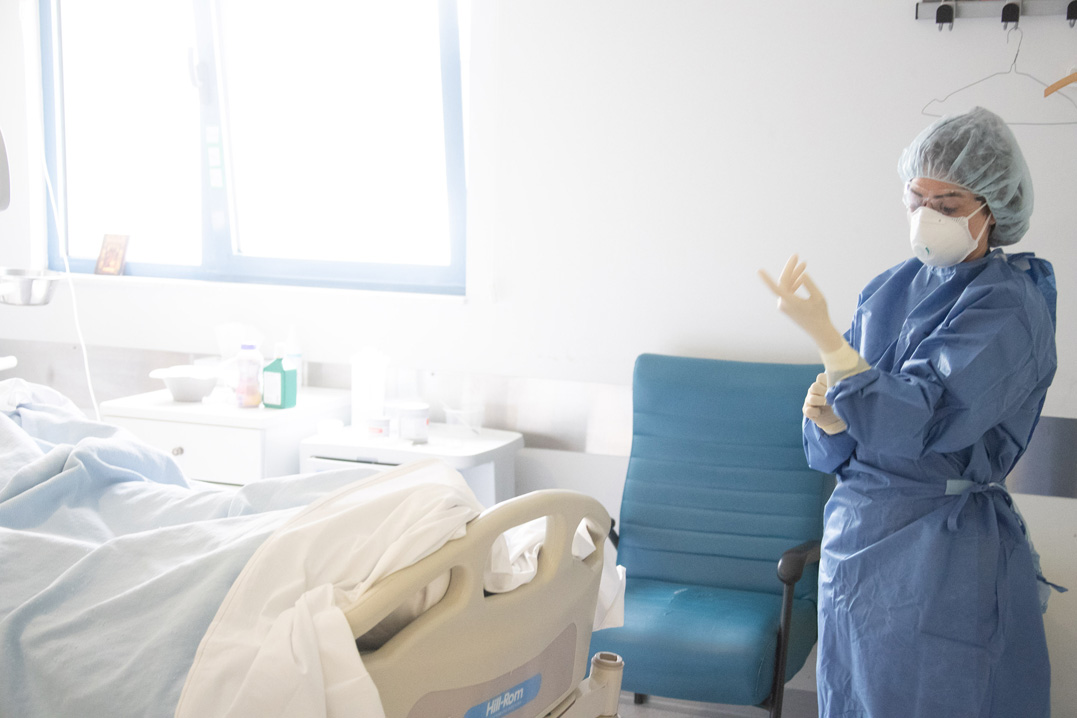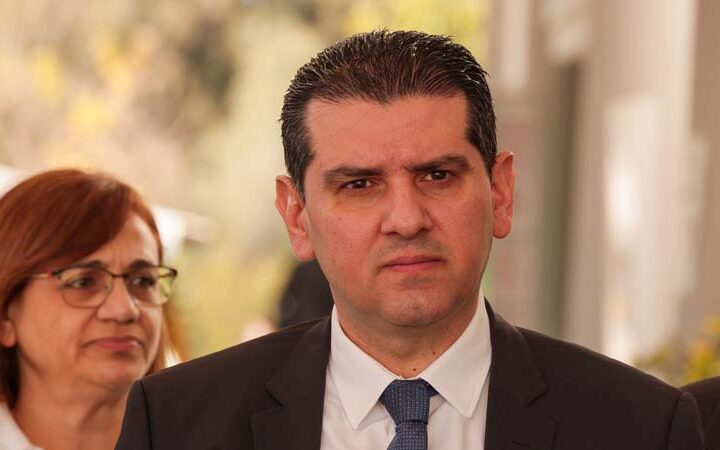The Makarios hospital for children in Nicosia is grappling with a bed occupancy rate exceeding 90%, primarily attributed to an influx of respiratory infection cases, according to Dr. Avraam Elia, the Director of the hospital’s paediatrics department.
In comments to the Cyprus News Agency, Dr. Elia said that, “this year’s surge in respiratory infections compared to the previous year is noteworthy, with daily admissions ranging from six to eight children”.
The predominant culprit, he said, is the RSV virus, leading to acute bronchiolitis in infants.
Of the hospitalised children, over half are under 12 months old. Lower respiratory infections, encompassing bacterial or viral pneumonia, rank as the second most prevalent ailment.
Dr. Elia foresees an uptick in cases following the reopening of schools after the Christmas and New Year holidays, a pattern observed annually.
While the situation remains manageable, according to Elia, “parents are cautioned to exercise vigilance, particularly with newborns and infants under two months, as their underdeveloped immune systems render them more susceptible”.
Presently, four children are admitted with COVID-19, indicating a mild increase in cases within the general population.
Elderly and Covid
Meanwhile, some 60 patients, primarily elderly, are currently hospitalised with COVID-19 in public hospitals, according to Charalampos Charilaou, the spokesperson for the State Health Services’ Organisation (OKYPY).
Regarding COVID-19, Charilaou said that the number of coronavirus patients is higher compared to previous weeks, indicating community transmission.
He said that the hospitalised patients are mainly elderly, over the age of 75, with “quite a few cases coming from nursing homes.”
In relation to other infections, he mentioned that they are within allowed ranges.
“We are in the winter season, people gather in enclosed spaces, possibly without proper ventilation, which is why we have transmission. There is indeed an increased flow of patients with viral and bacterial infections, but it is within expected limits,” he added.
He emphasised that there is an increase in RSV, as expected.
“We have seen some cases of the flu, but in a mild form. The flu is expected to pick up from mid-January to the end of February,” he concluded.










